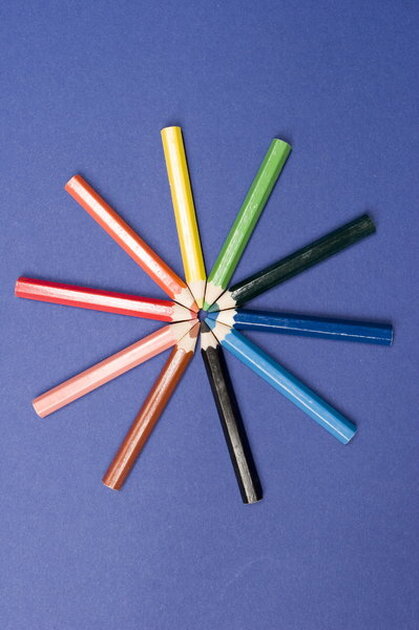
Our Gemara on Amud Beis addresses a case where a deceased person’s will was found tied to his thigh, a way to secure important documents in that era. In Maaseh Shem (Avos 33), this principle is applied to Esav’s angel wrestling Yaakov and striking his thigh (Bereishis 32:26), as if intending to destroy the document representing Esav’s sale of the birthright to Yaakov.
This interpretation is clever, but there are other profound explanations for the angel’s attack on Yaakov’s thigh. Some Midrashic and mystical sources suggest that the thigh represents one’s descendants—perhaps due to its proximity to the reproductive organs or the fact that, metaphorically, children carry on their parent’s legacy, walking in their footsteps. Talmudic idioms such as “the son is the feet of the father” allude to children continuing their parent’s work. According to these sources, including Beis Yaakov al HaTorah (Vayishlach 30), Bereishis Rabbah (77:3), and the Zohar (Vayishlach 100-101), Esav’s angel could not harm Yaakov directly but was able to plant some form of spiritual “toxicity” in Yaakov’s lineage that would echo down through future generations.
The Kli Yakar offers a strikingly different interpretation. He points to Yaakov’s decision to return alone for “small vessels” he had left behind when Esav’s angel attacked him (see Rashi on Bereishis 32:25). Having just escaped his father-in-law Lavan with substantial wealth and possessions, Yaakov allowed himself to be swayed—perhaps unconsciously—by his assets, to the point of endangering himself for these minor vessels. The Kli Yakar uses this episode to illustrate the nature of the yetzer hara (evil inclination), comparing it to a fly: small, persistent, and able to exploit even the tiniest “crack” in one’s defenses (Berachos 61a). The Kli Yakar argues that Yaakov’s momentary lapse in judgment—his attachment to trivial objects—created the “crack” through which the yetzer hara could exploit him.
The symbolism of the thigh itself may hint at these “inflection points” in our engagement with the physical world, where the yetzer hara can enter, as it is a large bone and socket combination that is used to ambulate in this world and takes much pressure between the body (self) and the ground (the world). For Yaakov, his livelihood required working for Lavan and ultimately receiving compensation. This necessity, however, created a subtle but potent vulnerability, where his connection to wealth affected him. The thigh, then, is where one’s spiritual “legs” connect with the material world. The text describes their struggle as raising “dust” (Rashi ibid), suggesting the confusion the yetzer hara creates by distorting one’s judgment. The morning sunlight that shines on Yaakov after the struggle represents the clarity and self-awareness that follows self-reflection.
The narrative emphasizes that “Yaakov was left alone” (Bereishis 32:25). Here, the Kli Yakar comments critically, asking what person would risk life and limb for trivial objects? This isolation may hint at how the yetzer hara works: in an echo chamber, isolated from external feedback and the normal reality check of others’ perspectives. Yaakov rationalized retrieving the small vessels, but his reasoning was ultimately flawed—a symptom of the isolation and distorted thinking created by the yetzer hara.
The Kli Yakar’s commentary is powerful, both for its poetic approach and for its surprising critique of Yaakov’s actions, emphasizing how even great individuals can be momentarily affected by the yetzer hara. This account beautifully illustrates the yetzer hara’s subtlety, how it infiltrates unnoticed, distorting thought until clarity and rationality are restored.

 Previous
Previous
